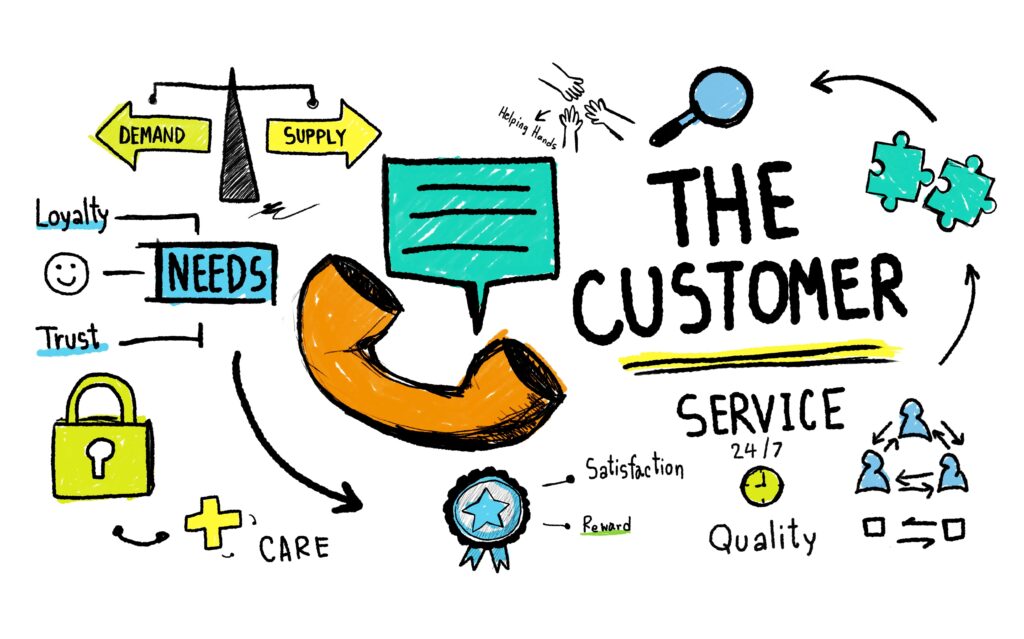Why Customer and Product Segmentation is Essential to Supply Chain Planning Success
Ask virtually any sales professional, and they would solemnly swear on a stack of company product catalogs that every customer is equal. Every order, regardless of customer, is also considered urgent, and every product line enjoys the same profitability.
Welcome to reality: It’s all equal… until it’s not. Good intentions notwithstanding, we don’t operate in a perfect world. And pretending everything — and everyone — is equal in your supply chain is not just inefficient, it’s unsustainable.
In supply chain management, failing to appropriately segment and prioritize leads to higher costs, lower service levels, disgruntled customers, and missed strategic opportunities.
Here’s why segmenting your customers and products — and proactively acting on those segments — is one of the most important decisions you can make as a business leader.
1. Not All Customers Drive Equal Value
Some customers are high-volume/low-margin. Others are low-volume/high-margin. Some pay on time. Others require handholding, custom SKUs, and last-minute changes. Even with these unbalanced scenarios, many companies still treat all customers alike when it comes to the following:
- Service level agreements (SLAs)
- Inventory availability
- Transportation priorities
- Communication and support
This approach consistently results in wasted effort and lower service levels. Instead, smart companies use customer segmentation based on a set of strategic and subjective factors (e.g. value, strategic importance, and behavior) to best tailor supply chain responses.
More strategic customers get priority planning and proactive communication. Transactional ones receive standard service at standard cost. That’s not favoritism. It’s smart resource allocation.
2. Not All Products Deserve the Same Attention
Stocking every SKU at every location “just in case” can lead to imbalanced inventory and working capital headaches. That’s why product segmentation is just as critical.
| A high-margin, stable item should get different treatment than a low-volume/low-margin tail SKU — even if both are technically part of your portfolio. | Segmenting SKUs based on:
Helps to shape how you manage:
|
3. One Size Fits None: Align Operations to What Matters
Once customers and products are segmented, you must operationalize that segmentation. This means defining differentiated strategies and processes. For example:
| Segment | Forecasting Approach | Service Level Target | Inventory Policy |
| Strategic A-Items | Collaborative Planning | 98–99% | Higher safety stock, frequent review |
| Standard B-Items | Statistical Forecasting | 92–95% | Balanced inventory policies |
| Tail C-Items | Min/Max or Make-to-Order | 85–90% | Low stock or no stock |
The goal isn’t to penalize lower segments — it’s to align effort and investment with return; make sure your time, money, and effort go where they make the biggest impact.
4. Segmentation Enables Agility
Segmentation gives you a clear decision-making framework in times of disruption, whether from demand spikes, supply shortages, or logistics constraints:
- Who gets that last pallet?
- Which orders should ship first?
- What gets manufactured when capacity is tight?
In the absence of segmentation, these decisions are often made based on emotion or politics. Conversely, by applying rules-based segmentation, choices become strategic, data-driven, and justifiable.
5. Segmentation is not a One-off Exercise
The reality is that customers come and go. Markets evolve. Product portfolios change. That’s why segmentation is not a single “set it and forget it” approach.
Organizations using segmentation visit the criteria regularly — quarterly or biannually — and embed it into their S&OP process. Employing analytics and dashboards to track results, enterprises measure the effectiveness of differentiated service and inventory strategies and adjust as needed. Advances in AI technology help to bring science and qualitative analysis together with the emotional, subjective variables to help to determine what’s most important.
It’s Time to Stop Pretending Everything in Commerce Is Equal
Treating all customers and products the same might feel fair. In reality, however, priority on fairness dilutes focus, inflates costs, and drags down service.
The companies that perform better are those that:
- Know who their most valuable customers are
- Know which products drive growth or protect the brand
- Align their supply chain to support those priorities
Think of segmentation as acknowledging the inherent inequities of doing business in general—navigating high- and low-volume customers, order fulfillment, and product profitability—and creating more impartial, proactive operations that are good and fair-minded for your business.

